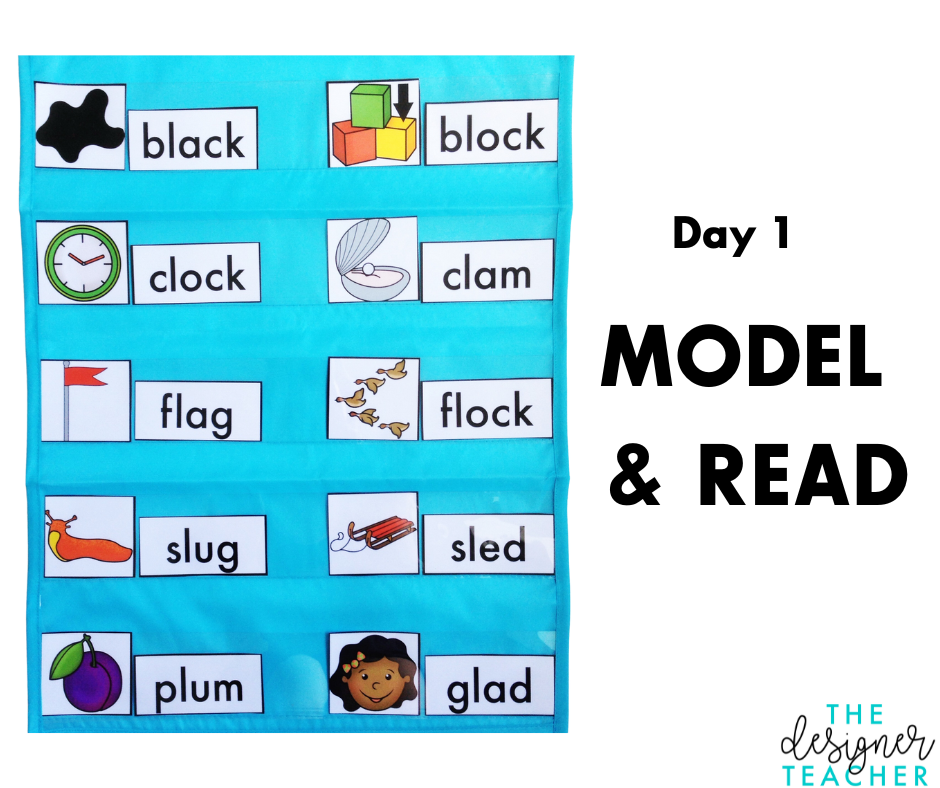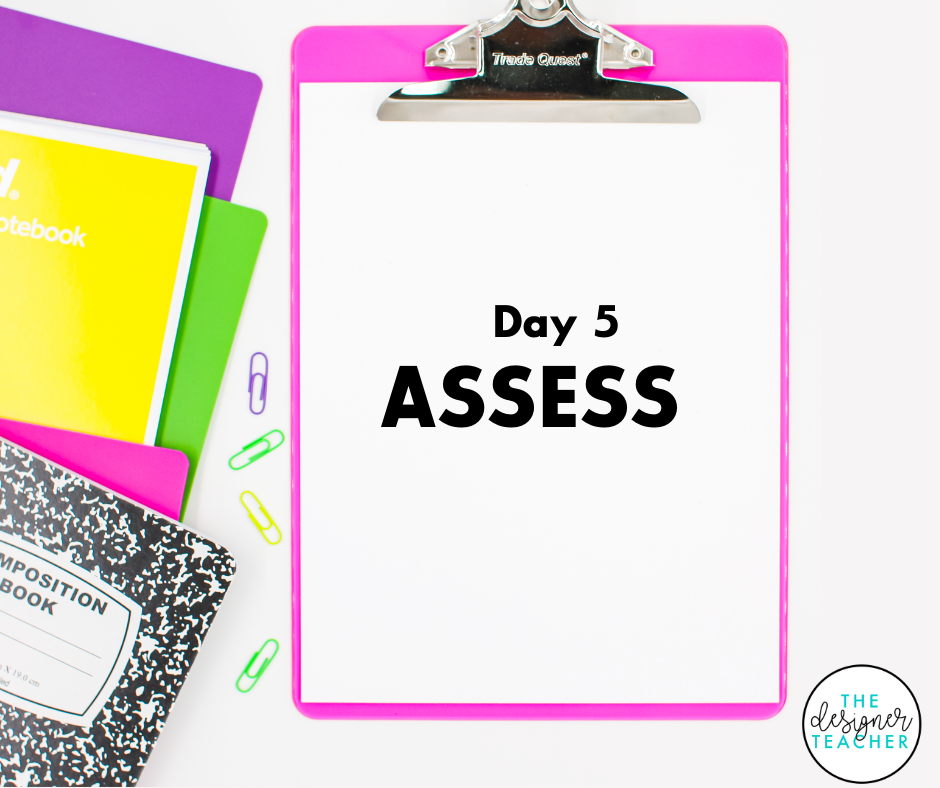How to Teach Consonant Blends
If your students have mastered CVC words and digraphs, it's time to teach them how to read and spell words with consonant blends. Consonant blends are two consonants next to each other that are “blended” together. Examples of words beginning with consonant blends are truck, plug, and skip. Consonant blends are different from digraphs (such as ch, sh, or th) because the consonants still keep their own sound, they are just blended together.
As a special education teacher, I find that introducing a group of similar blends each week works well. I start with l blends (bl, cl, fl, gl, pl, sl), then progress to s blends (sc, sk, sp, st, sw), and finally r blends (br, cr, dr, pr, tr). If you’re teaching general education, you may find that you’re able to progress more quickly. I follow the same general lesson plan for phonics each week, which is easier for both you and your students. In this post, I’ll use l blends for the examples and explain how I would teach words with these kinds of blends over the course of one week. You can follow the same structure when teaching other blends.
Day 1
Tell students that when two consonants are next to each other at the beginning of a word, they each keep their own sound, but we do blend the sounds together as we read the word. Show the word black (or another word with an l blend) and point to each letter and say the sounds /b/ /l/ /a/ /k/, then blending the sounds to say “black.” Explain that together b and l sound like /bl/. Repeat with other words with l blends until you have covered at least one word with each blend (bl, cl, fl, gl, pl, sl). After modeling, lead students in guided practice of reading more words with l blends. Then, practice reading fluency sentences together that contain words with l blends and other mastered words (at this point, that’s probably sight words, CVC words, and words with digraphs). You can find the needed picture cards, word cards, and fluency sentences in my Phonics by Design Consonant Blends Unit.
Snag this FREE word list by entering your email below!
Day 2
Briefly review what you taught yesterday, and then tell students they’ll be practicing writing words with l blends today. Show a picture card with a word with an l blend, such as glad. Model segmenting the word (/g/ /l/ /a/ /d/) and then writing each corresponding letter to write the word on the board or chart paper. Continue with other picture cards, having students segment the sounds as a group or taking turns. Finally, have students practice on their own by dictating words to them and having them write them down. You can also dictate a few short sentences that include words with blends and other mastered word types.
Day 3
Today students will independently practice reading and writing words with l blends. I use the activity sheets included in my Phonics by Design Consonant Blends Unit and in my No Prep Pack.
Day 4
Review reading and spelling words with l blends before introducing a simple blends matching game they can play in pairs. Spread out the cards in a grid face down. When it’s their turn, the student will turn over two cards and identify the pictures and/or read the words. If it’s a match, they keep the pair. If not, they put the cards back, face down. Students alternate turns until all pairs have been matched. The student with the most pairs wins. You can find blends matching games in my Phonics by Design Consonant Blends Unit.
Day 5
Assess students by dictating ten words with l blends and having them record them. If you have time and a small enough group, you may also wish to have individual students read a few words with l blends for you as well.
This lesson plan schedule for teaching consonant blends is simple but effective!
Save yourself time by snagging everything you need to teach consonant blends in one place with my Phonics by Design Consonant Blends Unit Bundle. You’ll get all the materials mentioned in this post for each type of consonant blend (picture cards, word cards, fluency sentences, activity sheets, matching game), plus posters, flapbooks, and more! Snag it here.
No time to read now?








